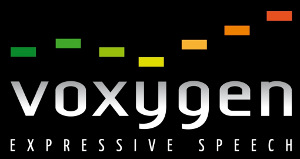Evolution of Avaz’s easy to use features
The #1 comment we hear from reviewers of Avaz is how easy it is to use! Some people think that products that are easy to use are also easy to build. If only this were true. It’s easy to build complicated AAC systems – just put in everything including the kitchen sink, build the code, and release into the app store. To make something simple is rather more work. With Avaz, we went through many iterations before we could get something that was ‘simple enough’. The first generation of Avaz couldn’t be customized from the device – you had to customize it on the PC, and then load it in. The next version was better, but still cumbersome – to add a new word, you would type it in the keyboard mode, and save it as a picture for it to show up in the picture mode. It seems the most intuitive idea now to make every screen of Avaz editable with a single click on the Edit pencil – as it is today – but it took many iterations to get to that point! Another ‘wow’ moment that people often experience when using Avaz is its uncanny ability to find the right picture for a newly added word. This was another feature that took us a lot of time to create, but it was a very useful investment. Most therapists we know prefer to spend their time working with kids, not working with devices. Programming an AAC device is one of the least appealing parts of an SLP’s job! We wanted to make customizing Avaz so easy, SLPs wouldn’t even think of it as ‘programming’ – that’s why we spent many months trying out different options before accepting what we now have. Ease of use is something that all products strive for, but in AAC, there’s a direct correlation between how easy something is to use and how effectively it’s being used. We had a wake-up moment in Santa Clara, CA, with a 9-year-old AAC user. He walked into the cafeteria with his therapist, and there was spaghetti for lunch. The boy opened his iPad and started looking for the word ‘spaghetti’ to request for some, but to the therapist’s horror, the ‘food’ category in the child’s AAC tool didn’t have spaghetti in it! Here was a classic example of wasted intent: motivating a child with autism to communicate is the hardest part of AAC intervention, and if the motivated child isn’t able to say what he wants, it’s one step forward and two steps back. With Avaz, the therapist was able to add spaghetti in a few seconds – without interrupting the flow of conversation – and the story ended happily after all.admin November 20th, 2012
Posted In: Blog




